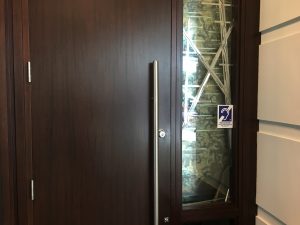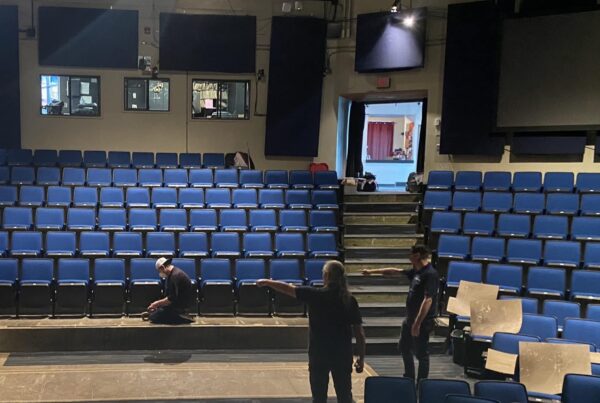The ability for your hard of hearing community to notice that accessibility is available is arguably the most important part of any accessibility installation, tied with the installation of a properly-spec’d loop itself. Without clear signage, no one – and I mean no one – is going to know that the loop is there.
Unlike other means of accessibility, such as a wheelchair ramp, the virtual invisibility of a hearing loop is crucial for a simple reason: it doesn’t need to be seen. An assistive lifestyle that goes unnoticed by the public is an incredible dream for many people with disabilities, so the availability of a virtually invisible means of access for hard of hearing people is an opportunity we should take advantage of. But because the people who need it won’t see it, we need another means of subtly telling those who are in-the-know that accessibility is available for them.
Hence, signage. Clear and accurate signage that is consistent with international standards accomplishes this task, and allows the user of a hearing loop to switch their hearing aid to T-mode without having to ask the establishment for assistive listening. There is no need for someone to out themselves as a person with hearing loss if he/she does not need to – so since we can give them that opportunity, we should make every effort to do so.
Here are a couple of examples of signage that lets everyone who’s “in-the-loop” know that a hearing loop is available for them:
To a person without hearing loss, this sign might cause a distraction for about one second before entering the room. But to a hard of hearing person, this sign means that this entire room is looped, and he/she knows that before they reach for the door!
This sign, unbeknownst to many users, actually acts as the loop itself! Thus adding to the cruciality that this sign be clearly seen so that it can be used at this cashier register.
Your hard of hearing community can take full advantage of the assistive listening system in your establishment, and good signage plays a big roll in making that available. So if your environment currently has or will have an accessibility system installed, take the time to make sure your signage is clear so they know its there, accurate so people know how to use it, and consistent with internationally recognized standards.






